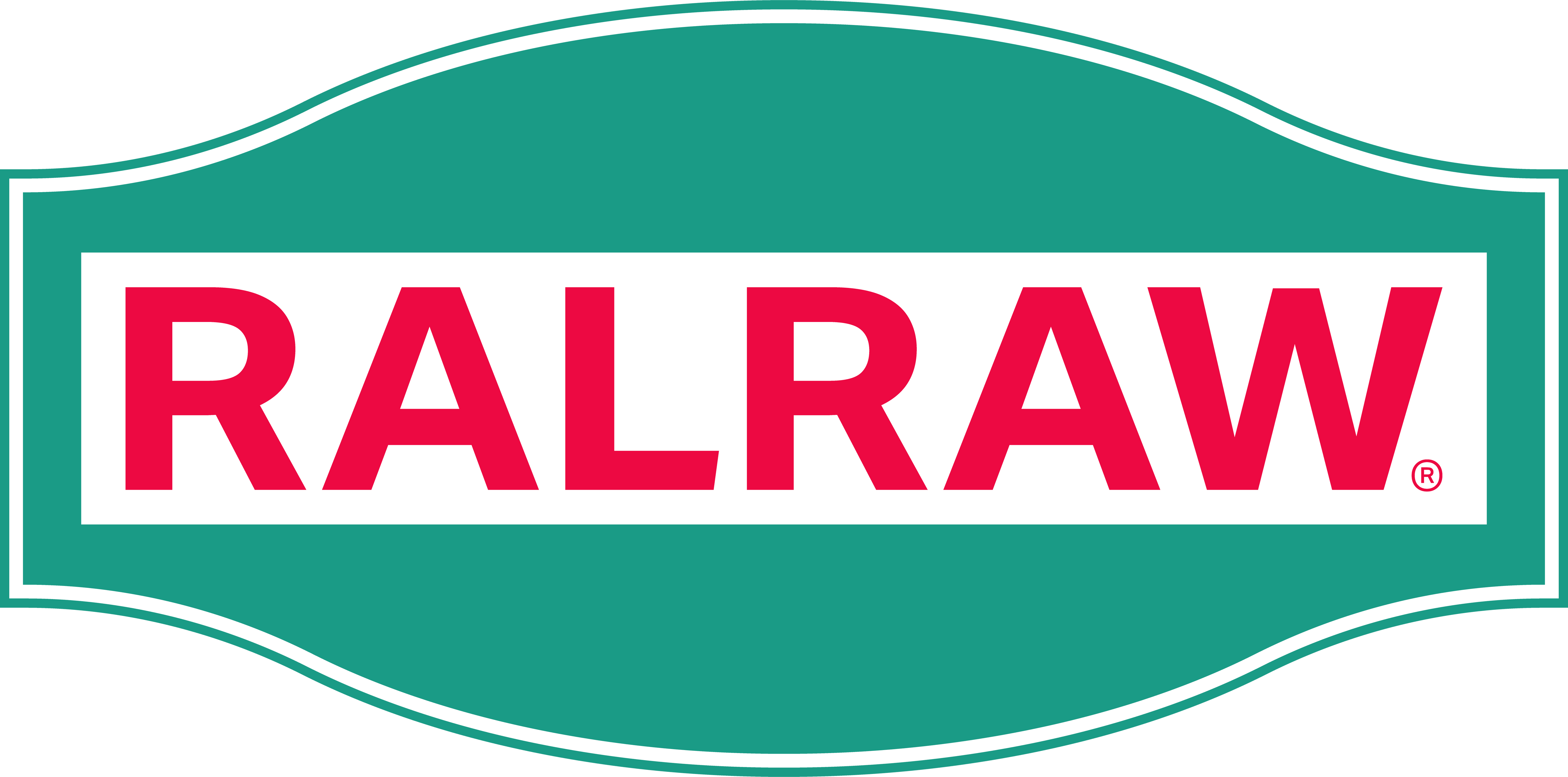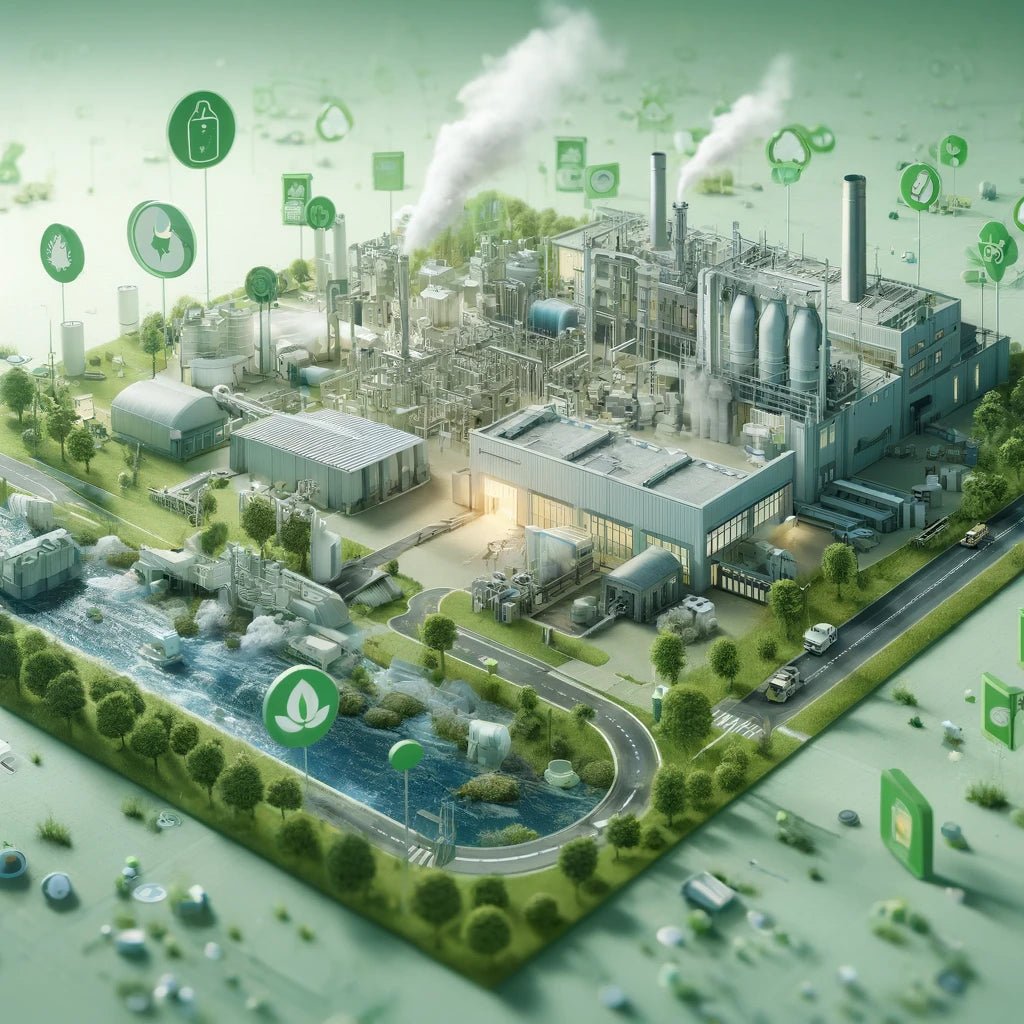The production of liquid paints is not only water-intensive but also significantly impacts the environment through its carbon emissions. Understanding and mitigating the carbon footprint associated with this industry is crucial for promoting sustainability and reducing global greenhouse gas emissions.
Sources of CO2 Emissions
The production of paint requires substantial energy, primarily sourced from fossil fuels. This energy is necessary for mixing, milling, and other mechanical processes, which contribute to direct CO2 emissions. The raw materials like titanium dioxide and other chemicals used in paint also require energy-intensive processes to produce, contributing further to emissions. Additionally, the transportation of both raw materials and finished products globally adds significantly to the industry’s carbon footprint through emissions from vehicles and shipping.
Environmental Implications
The carbon emissions from paint production contribute to global warming and climate change. Moreover, the volatile organic compounds (VOCs) released during paint manufacturing can lead to ozone formation at ground level, further exacerbating environmental and health problems.
Strategies for Reduction
To reduce the carbon footprint of paint production, the industry can adopt several strategies:
- Energy Efficiency: Implementing more energy-efficient manufacturing processes and equipment can significantly reduce CO2 emissions.
- Renewable Energy: Transitioning to renewable energy sources like solar or wind to power manufacturing plants can decrease reliance on fossil fuels.
- Sustainable Raw Materials: Using alternative, less carbon-intensive raw materials can also help reduce the overall carbon footprint.
- Optimized Logistics: Improving the efficiency of transportation logistics to minimize travel distances and switching to cleaner modes of transport can further lower emissions.
RALRAW ™ and offRAL™: Leading Sustainable Solutions
RALRAW™ collective, launched in 2024 in Zürich, Switzerland, is at the forefront of revolutionizing the paint industry. Their innovative product, offRAL™, is a unique range of water-saving, reusable, and biodegradable paint rolls. offRAL™ is dedicated to reducing the environmental impact of liquid paint production by eliminating harmful chemicals like PVC, Glycol-Ether, Formaldehyde, Phthalates, and others, ensuring safety for both consumers and the environment.
Additionally, RALRAW™'s production process dramatically reduces environmental impact, consuming 87% less water and emitting 93% less CO2 compared to traditional liquid paint and wallpaper manufacturing. RALRAW™ is more than just a paint company; it's a movement towards more sustainable living and fighting the water crisis. With every roll sold, RALRAW™ commits to water.org.
Conclusion
The paint industry faces significant challenges in reducing its carbon footprint, but with concerted efforts towards sustainability, it can make substantial progress. Adopting eco-friendly practices not only benefits the environment but also enhances the industry's sustainability in the long term.




Leave a comment
This site is protected by hCaptcha and the hCaptcha Privacy Policy and Terms of Service apply.